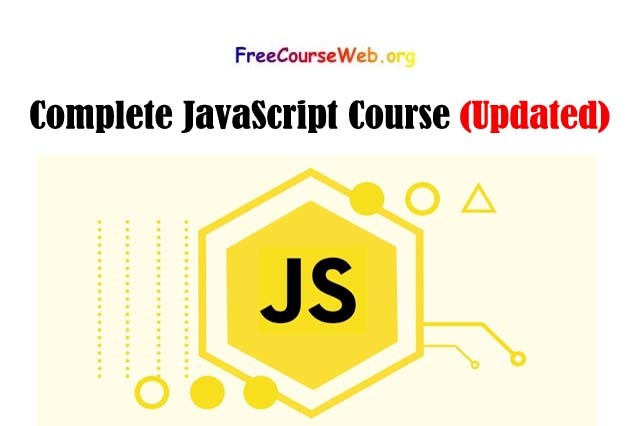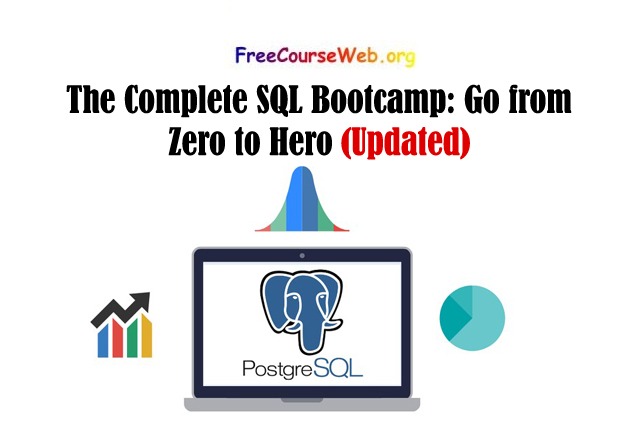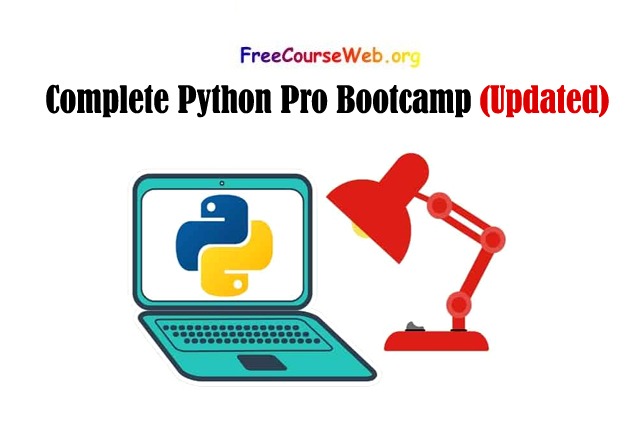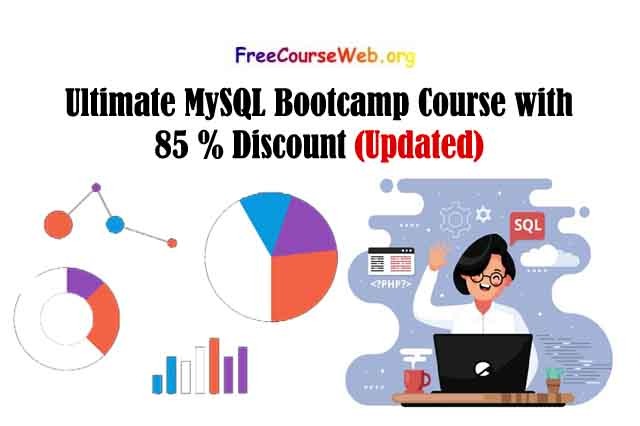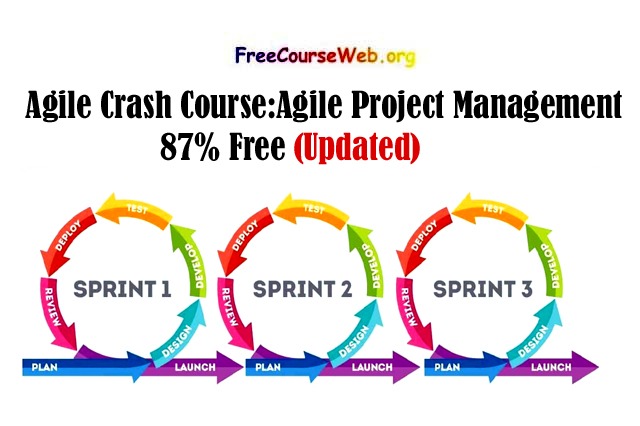Angular Welcome to the ultimate Angular course on Udemy, where you’ll dive deep into one of the most powerful frontend frameworks available today.
Whether you’re a newcomer to frontend development or an experienced developer looking to upgrade your skills, this course is designed to equip you with everything you need to build robust, modern web applications using Angular.
Requirements:
- No prior Angular knowledge required!
- Basic understanding of JavaScript and web development concepts.
Course Overview:
Discover the latest update of our Angular Masterclass, completely re-recorded and updated for 2024. This course is now fully aligned with the latest Angular version, covering essential modern features like signals and standalone components. We also include comprehensive coverage of older Angular versions, ensuring you’re prepared for any project scenario.
What You’ll Learn:
From setup to deployment, this course guides you through every aspect of Angular development:
- Components and Directives: Master the building blocks of Angular applications.
- Services and Dependency Injection: Understand how to architect scalable applications.
- Forms and HTTP Access: Learn to handle user inputs and interact with backend services.
- Authentication: Implement secure authentication mechanisms in your apps.
- Optimization Techniques: Boost performance and efficiency of Angular applications.
- Project-based Learning: Apply your skills to real-world projects throughout the course.
Why Choose This Course?
Angular is not just a framework; it’s a pathway to building responsive, user-friendly web applications efficiently. With TypeScript as the primary language, endorsed by the Angular team, you’ll gain a solid foundation for creating robust Angular apps.
Student Feedback:
Join thousands of satisfied students who have praised our instructor, Max, for his engaging teaching style and clear explanations. Whether you’re new to JavaScript or transitioning from Angular.js, Max’s approach ensures you grasp key concepts effectively.
Curriculum Highlights:
- Detailed exploration of Angular architecture and TypeScript usage.
- Deep dives into components, data binding, routing, and HTTP requests.
- Introduction to NgRx for state management in complex applications.
- Practical examples and a major project to reinforce learning.
Lifetime Access and Support:
Enroll once and gain lifetime access to all course materials and updates. Benefit from fast and friendly support from our dedicated instructor and community, ensuring you never feel stuck in your learning journey.
Who Should Enroll?
- Frontend Developers: Newcomers and experienced developers seeking to enhance their skills with Angular.
- JavaScript Enthusiasts: Those interested in mastering a modern frontend framework for creating sophisticated web applications.
Start Your Angular Journey Today:
Don’t miss out on the opportunity to become proficient in Angular, a framework that defines the future of frontend development. Join now and unlock the skills to build powerful web applications with Angular.
Enroll now and take your frontend development skills to the next level!









